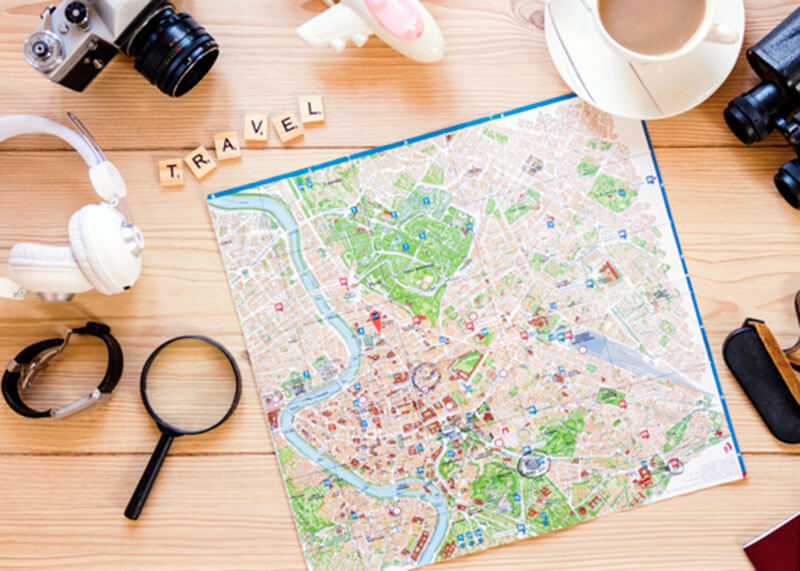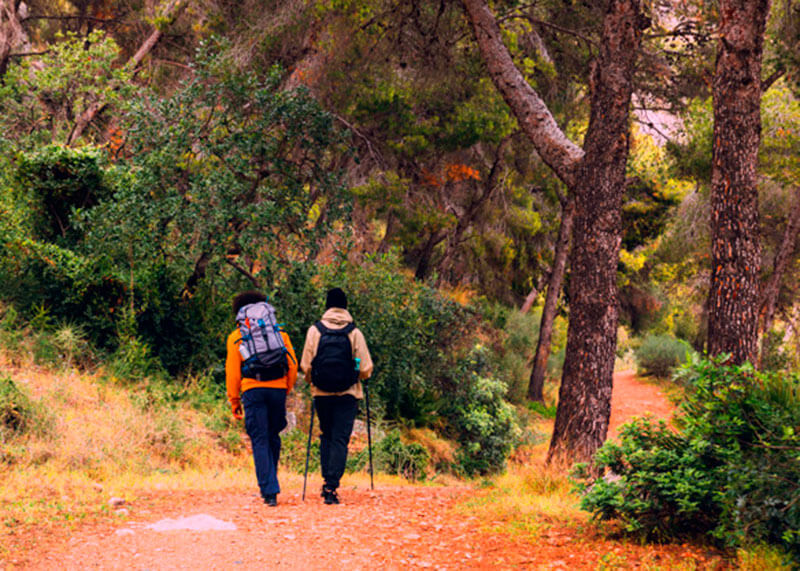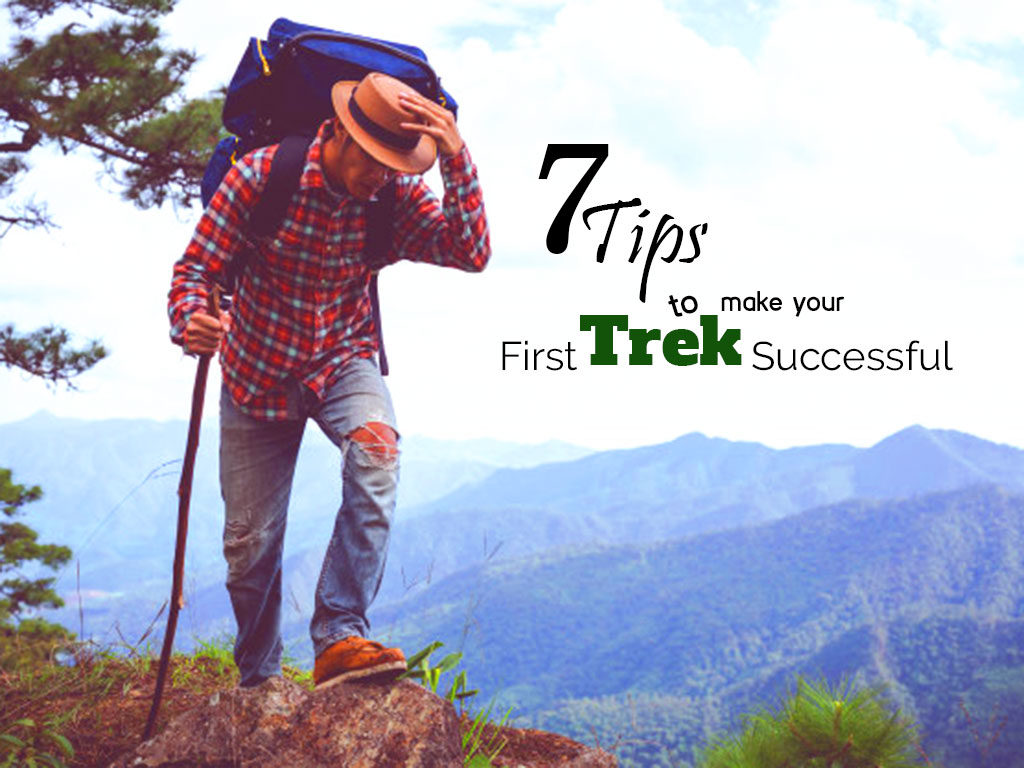Are you excited to start your first trekking adventure? The idea of exploring the great outdoors, breathing in fresh forest scents, and witnessing stunning views is captivating. However, taking your first steps into the world of trekking can feel both thrilling and a little overwhelming.
But here’s the good news, fellow adventurer – we’re here to guide you on this exciting journey. Not only that, we’ve got a special bonus waiting for you at the end – a list of more incredible trekking destinations to explore. Let’s get started!
Tip 1: Choose Your Trekking Paradise
Before you lace up those hiking boots, it’s essential to carefully select a trek that aligns with your skill level and interests, especially if you’re located in or near Mumbai, Pune, or Nashik. Take the time to research trekking destinations that cater to beginners, ensuring that your first experience is both enjoyable and safe.
Look for trails that offer a picturesque setting with lush green valleys, providing a soothing backdrop to your adventure. Opt for treks at moderate altitudes, which are more manageable for beginners, and make sure the trails are well-marked to avoid any unnecessary complications.
Fortunately, you have fantastic options right in Maharashtra, India, such as Mumbai’s Karnala Fort Trek, Pune’s Sinhagad Fort Trek, or Nashik’s Kalsubai Trek. These treks are tailor-made for first-timers, allowing you to explore the natural beauty of the region while gradually easing into the world of trekking.
Tip 2: Pack Smart, Pack Light
As a newbie trekker, resist the urge to pack your entire closet. Stick to essentials like sturdy boots, moisture-wicking clothing, a waterproof jacket, and a comfortable backpack.
Create a comprehensive packing checklist well in advance. Prioritize lightweight, moisture-wicking clothing to keep you comfortable during the trek. Invest in quality hiking boots that fit well and provide good ankle support. Ensure your backpack is ergonomically designed and pack items in a way that distributes weight evenly.
Don’t forget to include essentials like a wide-brimmed hat, sunglasses, sunscreen, a water purification method (like a filter or purification tablets), a headlamp with extra batteries, a multi-tool, a first-aid kit, and a map or GPS device. Remember, a lighter load means less strain on your body, but these additional items can be crucial for your safety and comfort during the trek.

Tip 3: Train Your Body and Mind
Trekking demands physical endurance and mental resilience. To prepare yourself, start training months in advance with regular hikes, cardio workouts, and yoga for flexibility. Incorporate cardio exercises such as running or cycling into your routine to build endurance. Practice walking uphill and downhill to simulate trekking conditions.
Yoga can be immensely beneficial for improving your balance and flexibility, which are essential on the trail. Additionally, engage in mindfulness exercises, such as meditation, to enhance your mental resilience and prepare for the journey’s ups and downs. Building both physical and mental strength will contribute significantly to a successful trekking experience.
Tip 4: Trail Navigation 101
Getting lost in the wild isn’t part of the adventure, and proper trail navigation is crucial. To ensure you stay on the right path, take the time to familiarize yourself with trail maps, GPS apps, and the basics of using a compass. Study the trail maps thoroughly, noting key landmarks and potential turn points. Practice using a compass and GPS device before setting out on your trek, so you’re confident in your navigation skills.
If possible, consider finding a mentor or an experienced trekker to accompany you on your first few treks. Having someone with experience by your side can provide valuable guidance, share navigation tips, and enhance your overall safety. They can help you interpret trail markers, recognize landmarks, and make informed decisions if you encounter unexpected situations. By honing your navigation skills and seeking guidance when needed, you’ll significantly reduce the risk of getting lost and ensure a safer and more enjoyable trekking experience.
Tip 5: Safety First, Always
Mother Nature can be unpredictable, so prioritize safety during your trek. Carry a well-equipped first-aid kit that includes essentials like various sizes of bandages, antiseptics for wound cleaning, pain relievers, and blister treatment items. It’s crucial to not only have these items but also know how to use them effectively.
To enhance your safety further, invest time in learning basic wilderness survival skills. This can include mastering techniques like building a makeshift shelter, starting a fire, and purifying water from natural sources.
Additionally, always share your trekking itinerary and expected return time with a trusted friend or family member. In case of any unforeseen circumstances, this information can be invaluable for search and rescue efforts.
Finally, take the time to familiarize yourself with local emergency contact numbers and the nearest medical facilities to your trekking location. Being prepared for emergencies is an essential aspect of ensuring a safe and successful trekking experience.
Tip 6: Embrace the Trekking Mindset
Trekking isn’t just about reaching a destination; it’s about the journey itself. While you’re on the trail, make an effort to fully immerse yourself in the experience. Take in the breathtaking scenery, breathe in the fresh mountain air, and savor each step you take. Practicing mindfulness during your trek can enhance your connection with nature.
Take moments to pause and truly appreciate the natural beauty surrounding you. It’s tempting to capture memories with your camera or smartphone, but remember not to spend your entire trek behind a screen. Instead, use trekking as a unique opportunity to disconnect from the digital world and fully engage with the present moment. This way, you’ll not only reach your destination but also create lasting memories along the way.
Tip 7: Be an Eco-Friendly Trekker
When trekking, it’s crucial to leave the wilderness as you found it. Embrace the principles of Leave No Trace, which means packing out all trash, staying on designated trails, and minimizing your impact on the ecosystem.
Educate yourself about Leave No Trace principles, which encompass guidelines for responsible waste disposal, respecting wildlife habitats, and reducing campfire impact. In your gear, opt for biodegradable soap and toiletries to minimize water pollution. Be mindful not to pick plants or disturb wildlife, allowing them to thrive undisturbed.
Consider contributing positively to the environment by participating in trail cleanup efforts or supporting local conservation initiatives. By following these practices, you’ll help preserve the natural beauty of the outdoors for future generations of trekkers to enjoy.

Bonus: Explore Treks Beyond Your Region
Once you’ve conquered your local trails, consider exploring trekking destinations beyond your region. Expanding your horizons can lead to unforgettable adventures and a deeper connection with nature.
Trekking Destinations Beyond Your Region:
- In Maharashtra, try the Kalsubai Trek, one of the highest peaks in the Western Ghats.
- Himachal Pradesh offers the Kareri Lake Trek, showcasing stunning Himalayan landscapes.
- Leh-Ladakh beckons with treks like Markha Valley, offering a unique desert mountain terrain experience.
- Nepal boasts renowned treks like Annapurna Base Camp and Everest Base Camp amid the world’s tallest peaks.
These destinations offer incredible trekking experiences and the opportunity to explore diverse landscapes and cultures beyond your local trails.
In Conclusion: Trekking Tips for Newbies
Now that you’re armed with these seven indispensable tips, your first trekking adventure is set to be an incredible experience. Nature’s wonders await, and with the right preparation and mindset, you’ll conquer new heights and forge unforgettable memories.
Remember, each trek is a unique journey, so don’t be discouraged by challenges along the way. Embrace the opportunity to learn and grow as an adventurer. And always, stay safe and respect the environment.
As you step into the world of trekking, you’ll discover a deep connection with nature and a sense of accomplishment that’s truly incomparable. So, lace up those boots, take that first step, and let the trekking journey of a lifetime begin!
For additional information, local guides, and gear recommendations, feel free to explore reputable trekking websites and forums, or consult with experienced trekkers in your network. Safe travels!

